History/driving impressions originally published in AutoWeek December 3, 2001; republished by the author
You could play tennis on the poop deck of this thing. And bocce ball on the forecastle. This boat measures 230.1 inches stem to stern with a wheelbase of 124 inches. An uncommon two-door hardtop, this 1973 Chrysler New Yorker Brougham, by any measure outside of Cape Canaveral, is simply huge. One marvels at the size of the tooling needed to stamp the front fenders or the rear quarter-panels. We’re talking acreage. It was nevertheless a handsome automobile, clean-lined in Formal Black like a well-cut tuxedo that won’t be hopelessly unfashionable next year.
Yet the New Yorker was out of fashion in a way that the suits at Chrysler had not foreseen and would be reluctant to accept. According to Automotive News, the top automotive news story for 1973 was “The Energy Crisis.” Of the Big Three, Chrysler alone had no homegrown subcompact, instead relying on traditionally big full-size sedans, including the top-of-the-line Imperial, the New Yorker and the Newport, as well as the Town & Country, then still a conventional American station wagon.
These big Yanks were powered by either a 400-cid or 440-cid V8, the New Yorkers all with the 440 with a four-barrel carburetor. This engine’s compression ratio, an early smog casualty, had fallen from 8.8:1 to 8.2:1for 1972, with a concomitant decrease in horsepower from 335 to 215. (Part of that was the mandated change from SAE gross to SAE net horsepower ratings, but there was no denying the retrenchment in output.) Chrysler simply emphasized the engine’s size and noted the advantage of being able to use regular-grade gasoline.
The engine, a typical Detroit pushrod V8, did break some new ground for 1973, however. Gone was the breaker point ignition, replaced by an electronic system, standard on all Chryslers. Engine timing was good for 50,000miles, Chrysler boasted. Chrysler also differed from its Big Three competition by using unitbody construction rather than body-on-frame, as Ford still does under its Crown Vic. Not that it made the Chrysler a lightweight. The New Yorker Brougham two-door hardtop weighed 4,400 pounds at the curb. The New Yorker also had “Torsion-Quiet Ride,” the torsion bar front suspension that Chrysler was wedded to, but leaf springs at the rear. Two electronic “marvels” of “space-age technology” were an electronic digital clock–of the rolling drum type, accurate to “plus or minus one minute a month”, and an integrated electronic security system that flashed the lights and sounded the horn. Both were optional , even on the Brougham.
And they weren’t on the car bought new by Mike Scavaro’s uncle. Scavaro, of Canadensis, Pennsylvania, who owns the car and shows it at Chrysler marque and other events, must defend the “Chrome-Styled Road Wheels” as original, if optional, equipment. Standard on the Brougham and not available on lesser New Yorkers was the filigree-texture insert on the body side moldings.
The two-door hardtop, on the same wheelbase as the sedans, doesn’t lack for room. Chrysler bragged it had the largest interior of any American car. Seats were 57 inches wide–though the two-door had front buckets with an integrated armrest. The trunk holds some 20 cubic feet of luggage. The New Yorker Brougham gave the big-car customer what the big-car customer wanted: a quiet, smooth and effortless ride on the open road, seemingly an American birthright.
The OPEC-instigated oil crisis changed the American roadway, however, as gas lines sent buyers scurrying to smaller, more fuel-efficient models. Thanks to truly space-age electronics, Americans are buying big cars (if not this big) today and getting fuel mileage the desmogged 440s couldn’t even imagine. But the grand sweep of a Chrysler New Yorker Brougham two-door hardtop is gone forever. They don’t launch ’em like this anymore.
Addendum: American cars—mostly SUV’s, and “foreign” vehicles as well—now weigh as much as this New Yorker but are getting much better fuel economy than even in 2001. It makes one wonder what auto writers will be saying about today’s cars 30 years hence. Flux capacitor anyone?
I also wrote about another Chrysler New Yorker, a 1956. That article is available here.



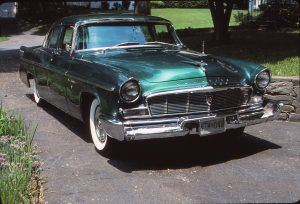
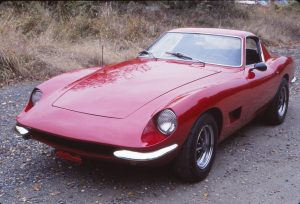
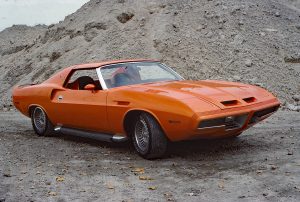
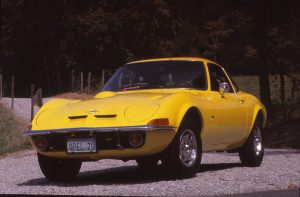
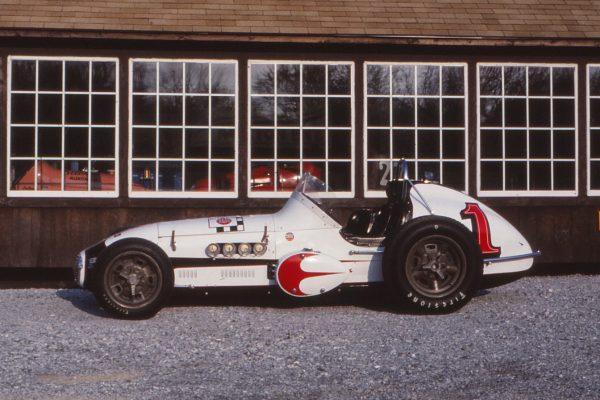
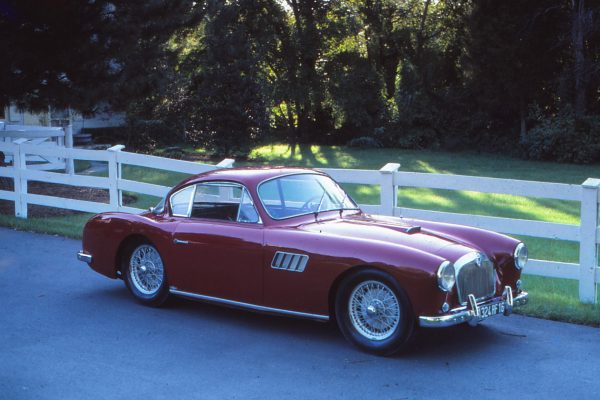

What Do You Think?
You must be logged in to post a comment.